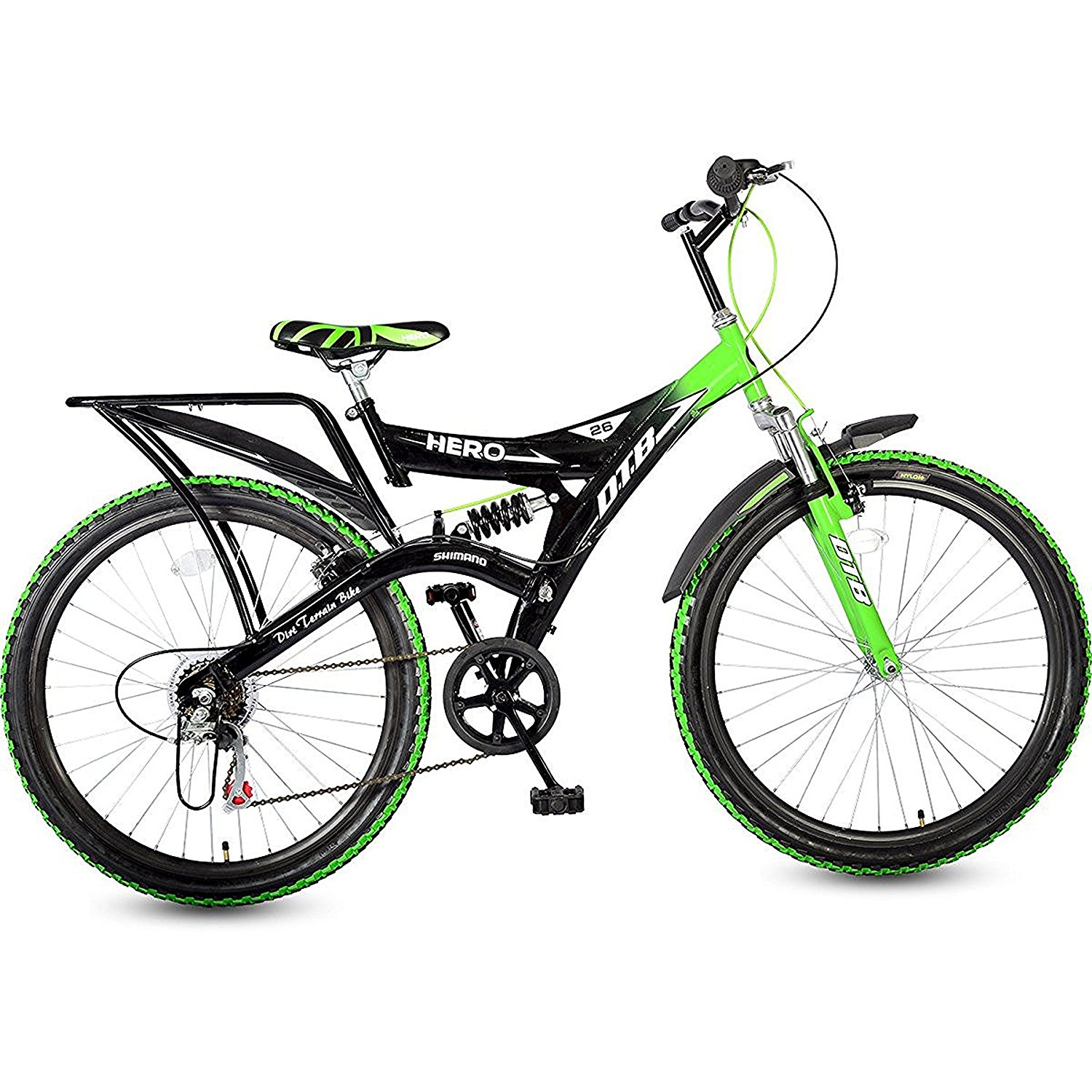
Product Life Cycle Strategy and Management Having an effective product life cycle strategy can help extend the product's longevity.

Many companies will shift to different products, others may survive but with fewer resources, lower prices and profit margins. Market Decline : As competition increases, your product's life cycle may decline due to new technologies. Consumers have become familiar with the product, and competitors have entered the market, meaning that brands must focus on price, product differentiation, and branding to maintain their market share. Market Maturity: As a product enters the mature stage of its product life cycle, market saturation begins to occur. This marks the start of the market maturity stage. The brand must remain distinct, competitively priced and widely available to remain successful. Market Growth : The product is now in the growth phase of its life cycle, where demand and production rise, and competitors may enter the market. The length of time to move through this stage depends on the complexity of the product, its novelty, how it meets customer needs and competition in the market. Sales are usually slow as demand is still being generated. The product life cycle stages The four stages of PLC are as follows: Market Introduction and Development : At this product life cycle stage, companies invest in marketing to create consumer awareness of their product and its benefits. To ensure the longevity of the product, or to adjust to changing market and technological demands, companies make use of the PLC to analyse the life cycle of the product and create strategies to stay relevant.


 0 kommentar(er)
0 kommentar(er)
